Scrap Steel is the Most Important Raw Material for Electric Arc furnace Smelting. What are its Substitutes?
Scrap steel is the most important raw material for electric arc furnace smelting. The lack of scrap steel resources is one of the main reasons affecting the development of electric arc furnace steelmaking. Generally, there are three sources of scrap steel, i.e. self-produced scrap steel in the production process of steel enterprises, processing scrap steel in the production process of industrial and mining enterprises, social (production, life, national defense, etc.) scrap steel materials (including scrap steel, such as scrap automobiles, ships, steel bridge, and construction steel, etc.). Due to the progress of technology, the amount of steel scrap produced for the first two reasons decreases and the amount of social steel scrap increases continuously. As social waste steel is reused or contains more harmful elements such as Cu, Sn, As, and Pb which are difficult to remove, some harmful elements are enriched in the steel and the quality of waste steel is reduced. In order to solve the problems of shortage and quality reduction of scrap steel, scrap steel substitutes must be developed. At present, the main alternatives to scrap steel are molten iron (pig iron), direct reduction iron (DRI), decarburized granular iron, iron carbide, composite metal, etc.
Hot Metal (Pig Iron)
Modern electric arc furnaces widely use the carbon-oxygen gun, secondary combustion, oxygen burner technology, secondary combustion technology of furnace gas, etc. They absorb and integrate the enhanced smelting technology of the converter, especially the intensity of oxygen supply is greatly improved. The oxygen consumption is as high as about 30Nm3/t, and some even exceed 40Nm3/t, which is close to the oxygen consumption of the converter. Correspondingly, the amount of carbon distribution is increased and hot metal (pig iron) is the most effective method. When molten iron is added in large quantities, a large amount of chemical heat is generated due to the elements (mainly carbon) in the molten steel oxidized, and power supply is not available for some time during smelting, i.e. electric furnace converting smelting, and even all-iron hydroelectric furnace converting smelting mode appears in China. Electric arc furnaces in long-process iron and steel enterprises basically adopt the process of adding iron. In addition, some new blast furnaces of electric arc furnace process steel plants provide iron to solve the problems of shortage of waste steel resources and high production cost of electric arc furnace process. It is not advisable to build a new blast furnace to supply molten iron for electric arc furnaces from present and future development.
The Electric Arc Furnace Steelmaking Plus Hot Metal Technology has the Following Advantages:
1) For the non-flat pool smelting furnace type, the power supply can be optimized, the molten pool can be formed in advance, the power supply time of high power can be increased and the smelting cycle can be shortened;
2) Increase physical and chemical heat to improve thermal efficiency;
3) The content of harmful metal impurities in liquid steel can be diluted.
It is more suitable to control the molten iron ratio between 30% and 50%. When the oxygen supply intensity is low, the optimum molten iron ratio is about 30%. When the oxygen supply intensity is high, the molten iron ratio can reach 50%. Quantum electric arc furnace developed by Printer Company of Germany put forward that scrap steel should be used at least 50% in order to obtain sufficient preheating benefit. Electric arc furnaces have lost their superiority in sustainable development due to the converter smelting mode of all-iron hydroelectric furnaces.
Pig iron is mainly produced by casting molten iron (liquid iron) into ingots. The average usage of pig iron in electric arc furnaces worldwide is 5% to 10% of the total amount of metal.
Direct Reduced Iron
At present, 95% of direct reduced iron is used in electric arc furnace production. Direct reduction refers to the ironmaking process in which iron ore and iron-bearing oxides are reduced to metal products below the melting temperature, usually in a shaft furnace or rotary kiln. According to the product, it can be divided into sponge iron, metalized pellet, and hot-pressed block iron. The production methods include gas-based direct reduction and coal-based direct reduction.
Advantages of Using Direct Reducing Iron in Electric Arc Furnace Steelmaking:
1) Constant chemical composition and less harmful impurities, especially P, S, and N content, are conducive to the production of high value-added products;
2) Stable quality and low residual elements (e.g. copper less than 0.002%) can dilute harmful elements in waste steel well and increase the selection space of waste steel supply;
3) Sponge iron and hot-pressed lump iron can be continuously loaded into the furnace, with less power-off time and less heat loss, which is conducive to saving power, shortening the smelting time of the electric furnace, and increasing output.
4) It is beneficial for foam slag making and prolonging the service life of refractories and electrodes in the furnace.
At present, the amount of DRI used in electric arc furnaces abroad basically exceeds 50%, and some even use 100% DRI.
Decarburized Granular Iron
Decarburized granulated iron, fully known as decarburized granulated pig iron, is produced by quenching with high pressure water when the blast furnace is tapped to produce granulated pig iron of different grain sizes (3-10mm). Then it is loaded into rotary kiln, filled with a certain amount of mixed gas, heated to a certain temperature, and decarbonized by pig iron to obtain the raw material for electric arc furnace steelmaking.
The Use of Decarburized Granular Iron in Electric Arc Furnaces has the Following Advantages:
1) The content of gangue is 1%-3% lower than that of direct reducing iron, which can reduce power consumption by about 10%.
2) The content of S and P is low, and the impurity elements are also lower than that of direct reducing iron.
3) A small amount of FeO on the surface of granular iron is favorable for making foam slag in electric arc furnace.
Ferric Carbide
The basic principle of producing iron carbide is to feed iron ore into a fluidized bed reactor with a certain temperature and pressure and to react with preheated industrial gases (CO, CO2, CH4, H2, H2O steam) to form iron carbide. The reaction formula is:
3Fe2O3+ H2+ CH4= 2Fe3C+9H2O
3Fe2O3+H2+CH4= 2Fe3C+9H2O
The content of carbon in iron carbide is as high as 6%, which meets the requirements of high carbon distribution in modern electric arc furnace steelmaking and has the following advantages:
1) It is beneficial to the production of low nitrogen steel in electric furnace. When the electric arc furnace sprays iron carbide steel making, the nitrogen content in steel decreases from 0.007% to 0.003% - 0.004%;
2) It is advantageous to make foam slag. When using iron carbide as raw material, foam slag can be made well even if carbon powder is not sprayed into the molten pool.
3) It is beneficial to reduce the cost of desulfurization. Ferric carbide is clean with low content of sulfur and phosphorus. It is easy to reduce desulfurization cost per ton of steel for some flat material plants to replace hot metal in charge with partial iron carbide.
4) Benefit energy saving. Ferric carbide can be added on the top of the electric arc furnace without opening the furnace cover, thus reducing the temperature loss.
Composite Metal Material
Composite metal charge is a new type of charge successfully developed in Russia to replace steel-making pig iron, pellets, qualified billets and scrap steel. It is formed by cooling and consolidating a 15% - 25% filler (sinter or pellet) on a cast iron machine using molten iron and a certain mixing process. It consists mainly of steel-making pig iron and sealed iron oxide. The composition of the developed composite metal material is shown in Table 4.
When applied in electric arc furnace, foam slag can be formed at lower temperature (1150-1200 C). When the composite metal blocks are melted, when the temperature of iron oxide in the filler material which is "sealed up" is higher than 1100 C, chemical reaction with impurities in iron begins, and slag phase and CO are formed. At temperatures higher than 1200 C (lower than the melting temperature of scrap steel), a flowable foaming liquid slag has been formed in the electric arc furnace, which continuously releases carbon monoxide bubbles. Practice shows that the application of composite metal material can reduce oxygen consumption, power consumption and smelting time.
In conclusion, the addition of a part of scrap steel substitutes in electric arc furnace not only makes up for the shortcomings of low residual element scrap steel, but also improves the purity of steel. The slag material used in the electric arc furnace is basically similar to that used in the converter.
The main products of Hani Metallurgy are:
electric arc furnace, LF ladle refining furnace, electro slag furnace, submerged arc furnace, metallurgical electric furnace short network system, submerged arc furnace short network system, water-cooled cable, bare copper stranded wire air-cooled cable, rotatable water-cooled cable , high-current copper tube busbar, insulated copper tube busbar, copper-steel composite conductive cross arm, water-cooled compensator, water-cooled furnace cover, water-cooled furnace shell, water-cooled furnace wall, fully enclosed combined handle, direct-cooled forged copper tile, electrode Chuck, electrode holding ring, pressure ring, hydraulic brake, collector ring, conductive element, ladle, tundish, ladle car, cross flat car, steel pouring car, furnace door water-cooled carbon-oxygen gun, furnace wall speed oxygen collector Electric furnace accessories such as guns, ladles, scrap steel tanks, ladle roasters, ladle gantry hooks, water-cooled cable jacket hoses, jacket protection rings and insulating materials.
Hani is the one-stop supplier able to design, manufacture, install and commission your melt shop and hot rolling mill plant from A to Z.
Free send inquiries to stella@hanrm.com or inquiry99@hanmetallurgy.com if any needs.
Email: stella@hanrm.com Or stellarollingmill@gmail.com inquiry99@hanmetallurgy.com
Whatsapp/Wechat:+8615877652925
Website: https://www.hanmetallurgy.com/
https://www.hanrm.com
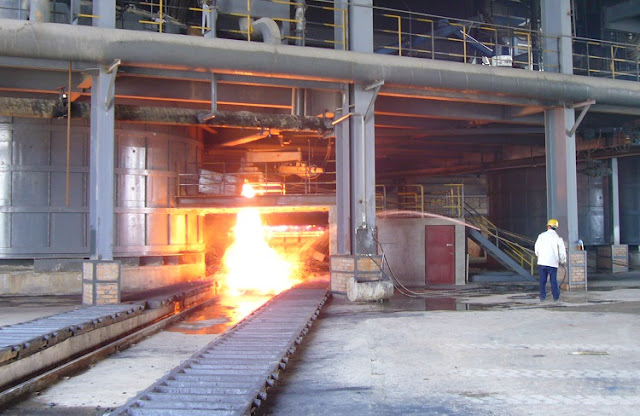
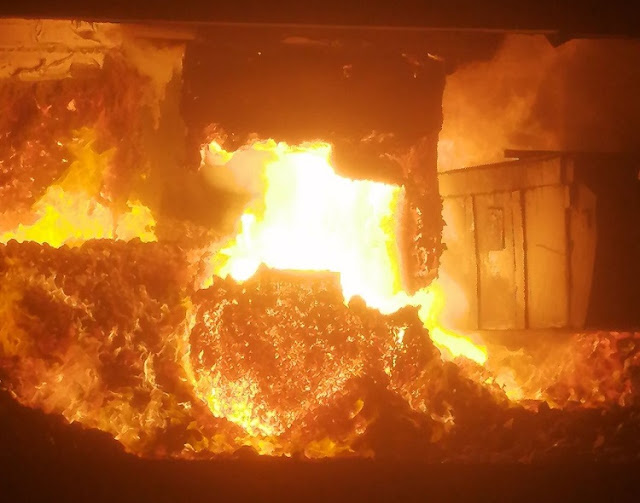
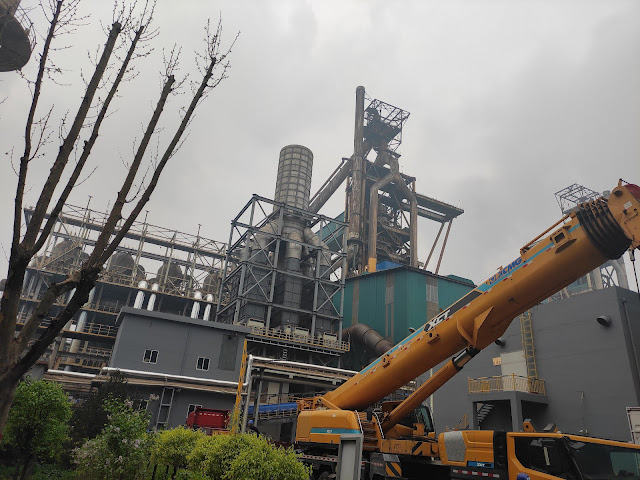
.jpg)

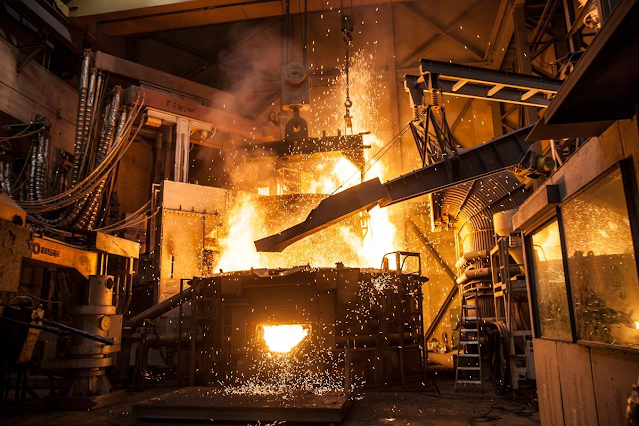
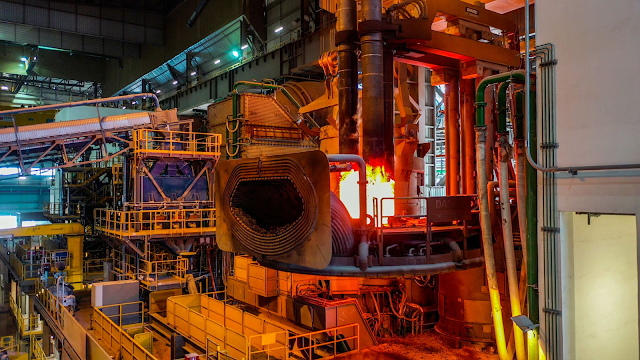
.jpg)
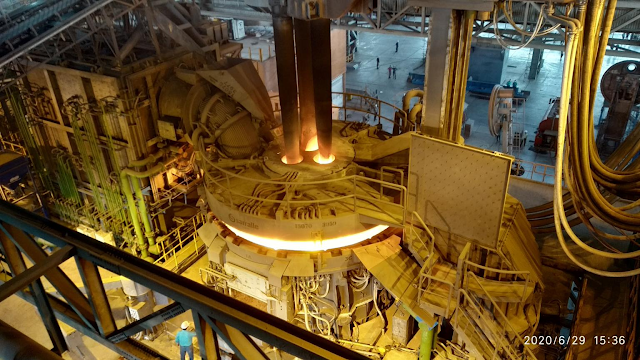
.jpg)
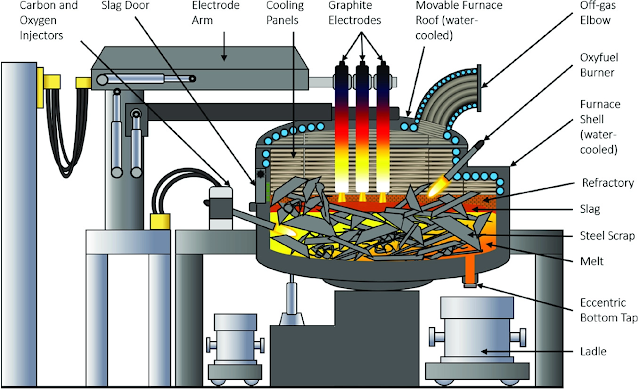

.jpg)







